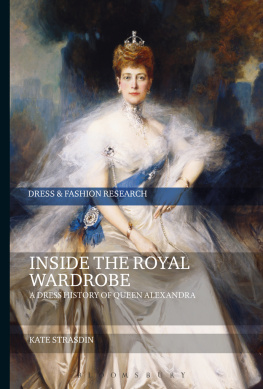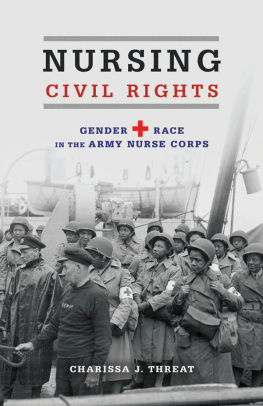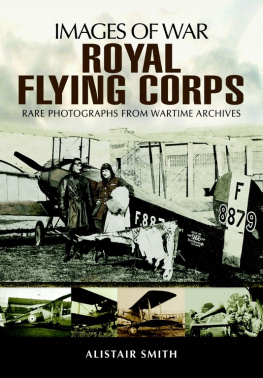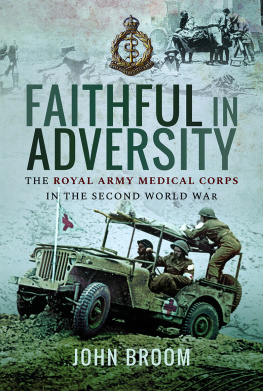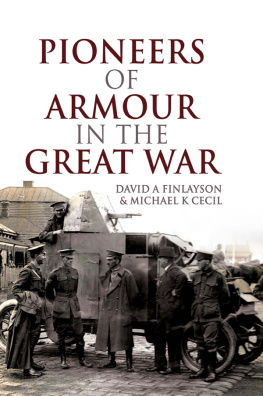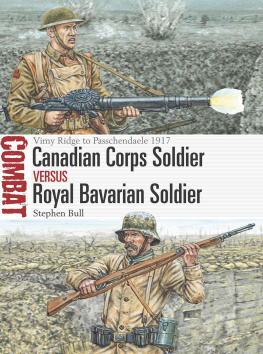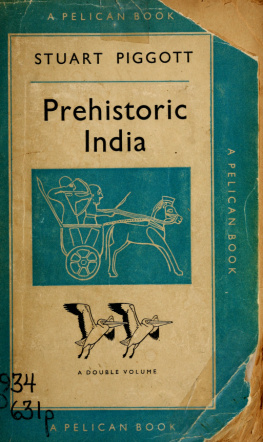Foreword
There were several delights in the writing of this book, but there were two main difficulties. The first was that neither the QAIMNS nor the QARANC has an Official History. The second was that, in common with other corps in the British Army, QAs have served, and are serving still, wherever the British Army is stationed. They have never all been in a specific place at a specific time: they have been widely dispersed at all times.
In order to give their story any form I relied on a variety of works. The most helpful, apart from those mentioned in the text, were The Royal Army Medical Corps by Redmond McLaughlin, Not Least In The Crusade by Peter Lovegrove, Aldershot Review by John Walters, Florence Nightingale by Cecil Woodham-Smith and Catharine Grace Loch: A Memoir.
I was greatly helped by the access I was given to the Minutes of the Nursing Board and other papers, diaries and correspondence by AMD4, Ministry of Defence, the QARANC Museum in Aldershot and the Royal Army Medical College Library at Millbank. The ready assistance that Mrs E. Fifield at AMD4, Mrs J. Churchill in Aldershot and Mr M. M. Davies at Millbank gave me were among the pleasures I encountered during the course of my researches.
I am grateful too for the willing help given me by the Commonwealth War Graves Commission and the Directorate of History, Canadian Forces Headquarters, Ottawa.
Lt-Gen Sir Neil Cantlie and Major-Gen A. MacLennan both gave me assistance and advice which were invaluable.
Mr Ted Le Blanc Smith kindly gave me permission to quote from his late sisters last letter home. I am glad that our correspondence enabled him to learn how part of that letter came to appear in a previous publication.
Yet another delight was the large response from the United Kingdom and the Commonwealth to my letter asking for reminiscences. The list of my correpondents is too long to give in full: I have thanked each one individually. I am particularly grateful to Sister Mary Jordan, OP, Dame Barbara Cozens, Mrs W. M. Stewart, Mrs Irene Duncan, Miss Mary Wilson, Miss Kay Thomson, Miss K. G. Christie, Miss Rose Hinchey and Mr Charles Collins. They, over a period of many months, patiently and encouragingly answered my questions.
It was Brig Barbara Gordon who first thought of this book when she was Matron-in-Chief. She opened many doors to facilitate my research and my gratitude to her for doing this is genuine indeed.
Her successor, Brig Helen Cattanach, not only kept the doors ajar but unhesitatingly pushed them wider and opened others as the scope of my research widened. She, with Col Kay Grimshaw, the Commandant of the Training Centre at the Royal Pavilion, enabled me to stay and work in Aldershot on several occasions. For all this help, hospitality and transport I am much indebted. Indeed, without it, I could not have written the book.
Lastly I would thank the many QAs, whether retired or still serving, who have been so unstinting in their readiness to share with me their knowledge. Only a small selection of them will find their names in the text, but I like to believe that all of them were not only aware of my eagerness to catch and put on paper the spirit of the Corps, but actually enabled me to do it. If I have not got it right, the fault is mine, not theirs.
J.E.J.P.
Cranleigh,
Surrey.
August, 1974
Introduction
by Lt-General Sir Brian Horrocks
I am particularly glad to write an Introduction to this excellent account of the development of our Military Nursing Service, because the father of Juliet Piggott (Col F. S. G. Piggott, subsequently Major-General) was the first Senior Officer under whom I served in the War Office after leaving the Staff College. He proved to be a kindly, tolerant Commander, with a first-class brain. I can remember to this day the pained look which came into his eyes when I confessed, rather nervously, to having offered accelerated promotion by mistake to an officer who was dead.
Juliet Piggott has obviously inherited his numerous talents, and I would like to start by congratulating her on the vast amount of research which she must have undertaken in order to produce such a coherent, fascinating story of the development of our Military Nursing Service, known to my generation as the Queen Alexandras Imperial Military Nursing Service. She describes with meticulous attention to detail the steady development of the military nursing services, and what makes her book so fascinating is her description of the different Matrons-in-Chief who emerge as the human milestones on the road towards the magnificent Corps which exists today: each contributed something to the formation of the best Army Medical Service in the world today.
It would be pointless for me to repeat what she has done so well. I will only say that I grew up with many of these famous names, as my father was in the RAMC. He was, in fact, the first Director of Hygiene, invented the Horrocks Box, and worked with Bruce in the discovery of the cause of Malta Fever. After retirement, he edited the RAMC Journal, and underwent two serious operations at Millbank Military Hospital where he was, of course, nursed by the QAs, for whom he developed a great admiration. It was here that I first came in contact with military nurses in their attractive grey uniforms, red capes and white caps, although it was not until the Second World War that I came into close contact with our own QAs in the Middle East.
After the Germans had been defeated in North Africa in 1943 I moved back with 10 Corps, which I was then commanding, in reserve to the Tripoli area. It was a very pleasant change, after many months of almost continuous active service. The whole Corps relaxed, re-fitted, re-organized and bathed, but by now Tripoli had become a main medical area, and some twelve base hospitals had been erected in the vicinity. Hospitals meant nurses, British and Dominion girls, whom many of the Corps had not even seen for a very long period indeed. Every evening, outside their camp, were parked rows and rows of jeeps, waiting to drive the nurses to parties in the different Officers Messes. This was all very well, but it did not seem to me that the troops were getting their fair share. So I invited all the Matrons to lunch. This I regard as almost my bravest act of the war. I have always found one Matron frightening enough, but here I was, alone with twelve. However, they all responded nobly to my request that they should try and induce their nurses to attend twice-weekly dances for ORs only. These proved enormously successful, and it meant a great deal to the men who had not spoken to a British girl for a long time to be able to dance with one again. This is the other side of the picture: there is no doubt that particularly in isolated places, the presence of a few nurses was very good for morale.





